Good news: our stuff is finally on a boat, making its way toward Spain! Not sure when we’ll actually have it delivered, but it looks like it will be in this coming month of October. Yay!
This weekend we rented a car and decided to go birding/sight-seeing in the mountainous area north-east of Madrid (about 100 Km from Tres Cantos). Actually, Spain is the most mountainous country in Europe, so practically anywhere you go is mountainous.
Why this particular area, you ask? Well, it had been raining all over Spain for the past week (with really bad flooding in the south) and the weather in many parts of Spain was still predicted to be “unstable”. But we were itching to take a longer trip to go birding to places that were not easily reached by public transportation. So, with the weather radar map in front of me, I chose a spot that seemed to have the best forecast, and there we headed.
We stayed several nights in the small city of Brihuega (bree-WEH-gah), a city of about 2500 people, located in the Province of Guadalajara. (Yes, this is the one that the city in Mexico was named after.)
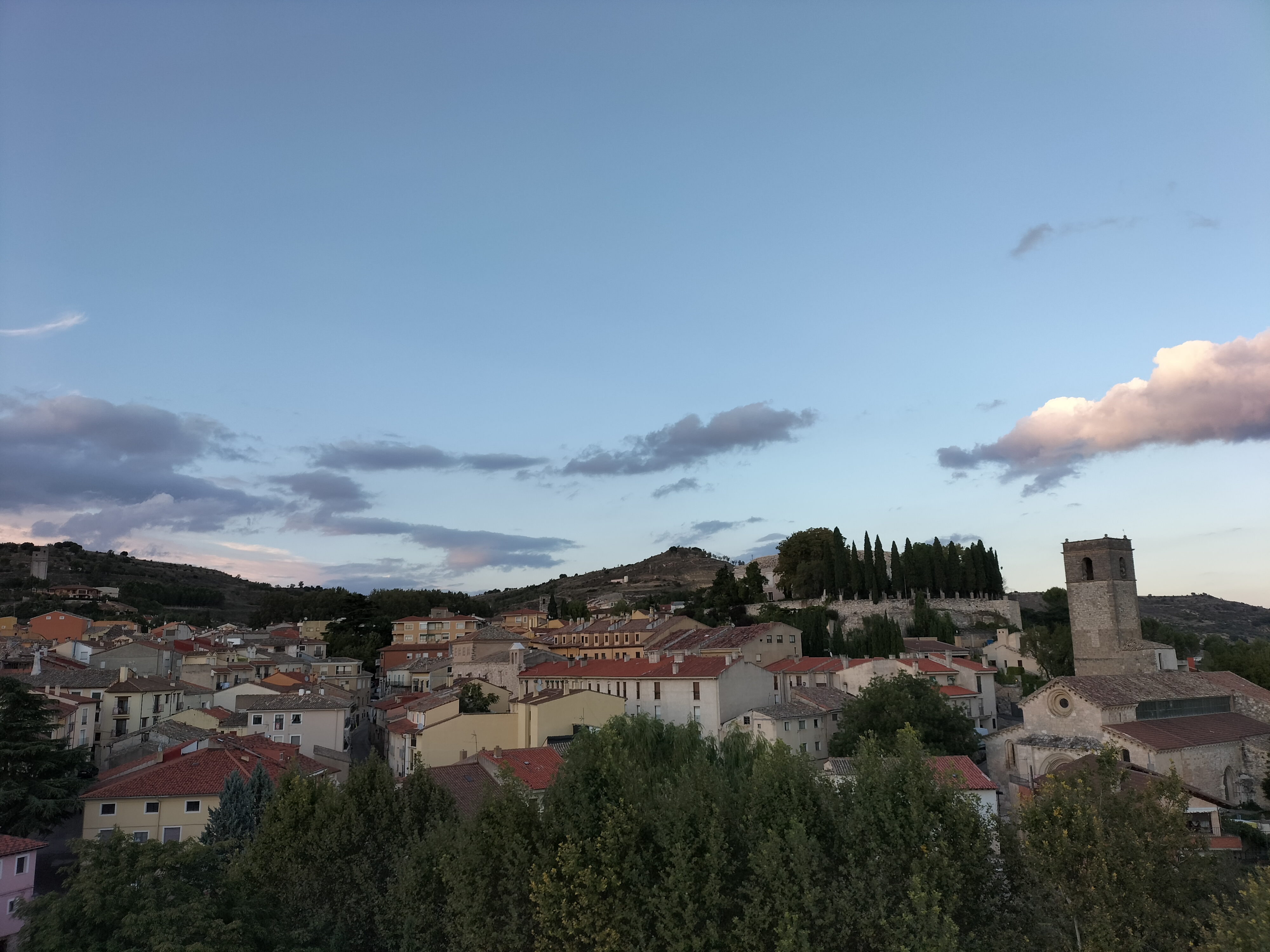
Brihuega is in the Autonomous Community (AC) of Castilla La Mancha. In Tres Cantos, we are living in the Province of Madrid, located in the AC of Madrid, so it was nice to see a different AC and province. Castilla La Mancha is notable for many reasons, not least of which is that the famous Miguel de Cervantes set his seminal work, Don Quijote de La Mancha, in this AC, so several of the towns we visited on our trip were part of the Ruta de Don Quijote (the Don Quijote Route, which traces the route that the fictional character took in his travels across the Spanish landscape.)
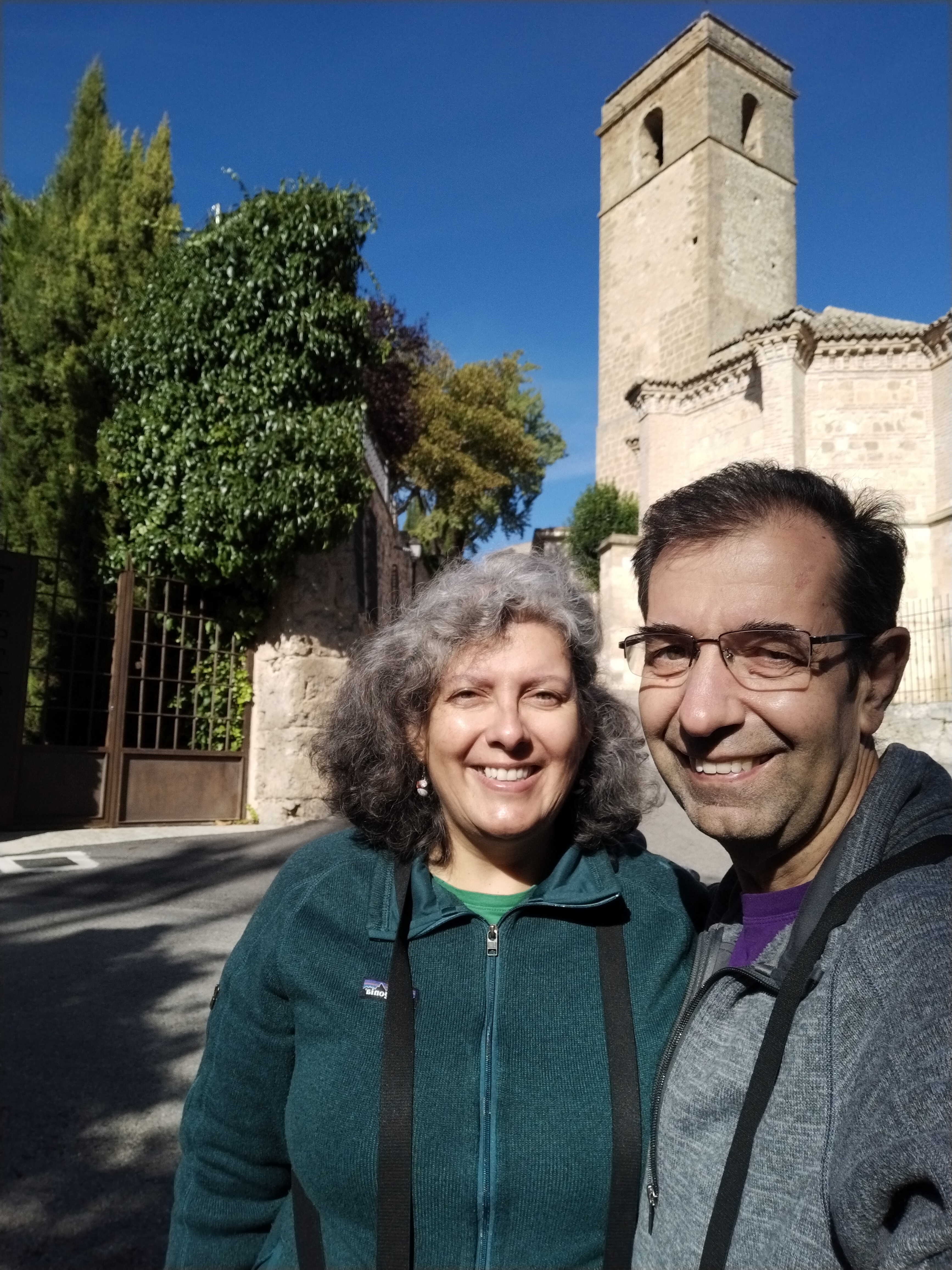
Brihuega is a city that was built on a village in existence since before the Common Era, possibly as early as 600 BCE. Back then it was the Celtiberian people who lived there. (And who knows how much farther back history goes, as in all parts of Spain, probably much further.)
In any case, in the late 1000s CE it got its murallas, its defensive walls, as Spanish kings were rallying in an effort to thwart the Moors. And several parts of those walls, including two of the 5 original entrances to the city, still stand today. Our hotel was built alongside one of the gates.
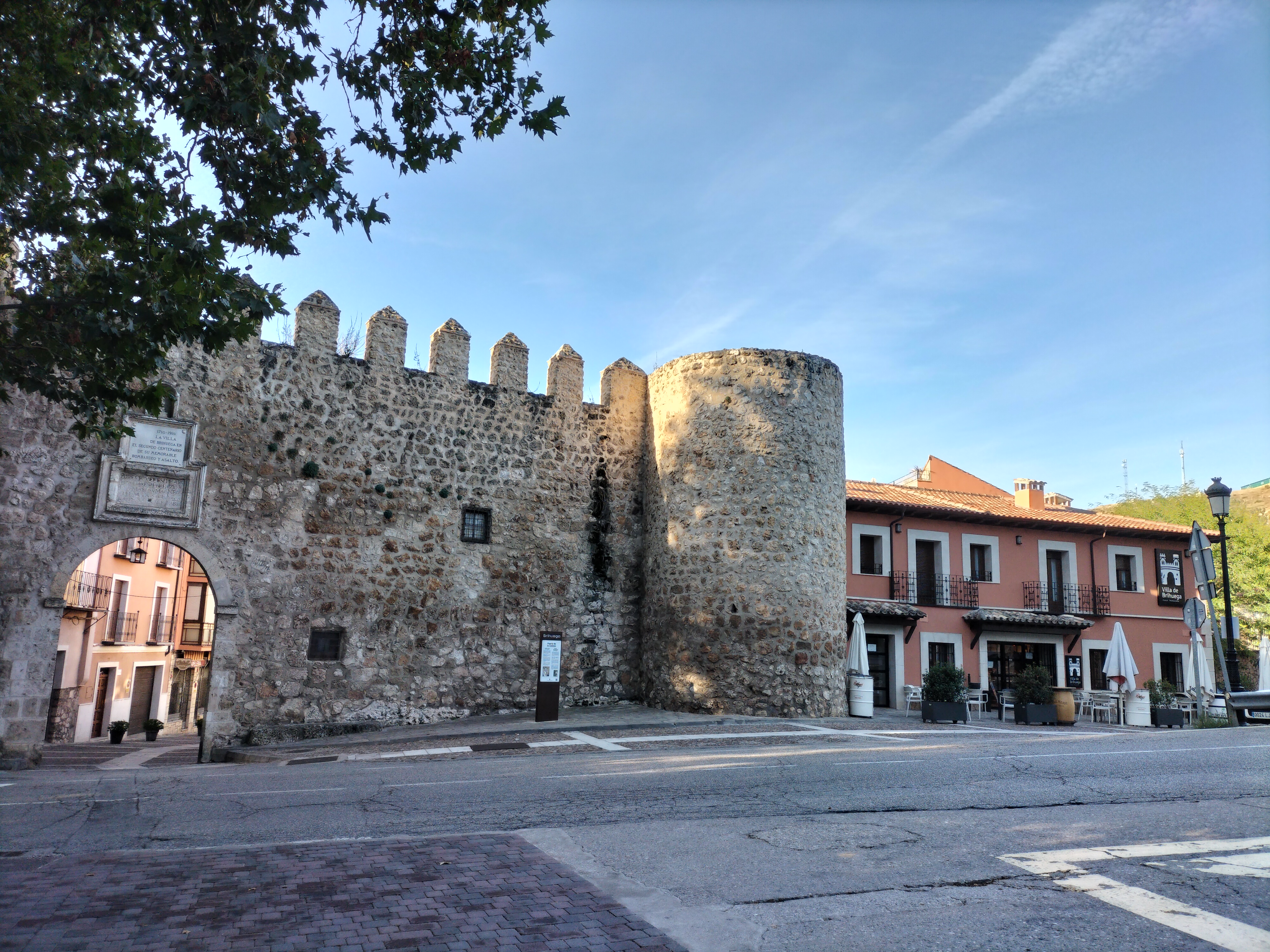
I think murallas are so cool.
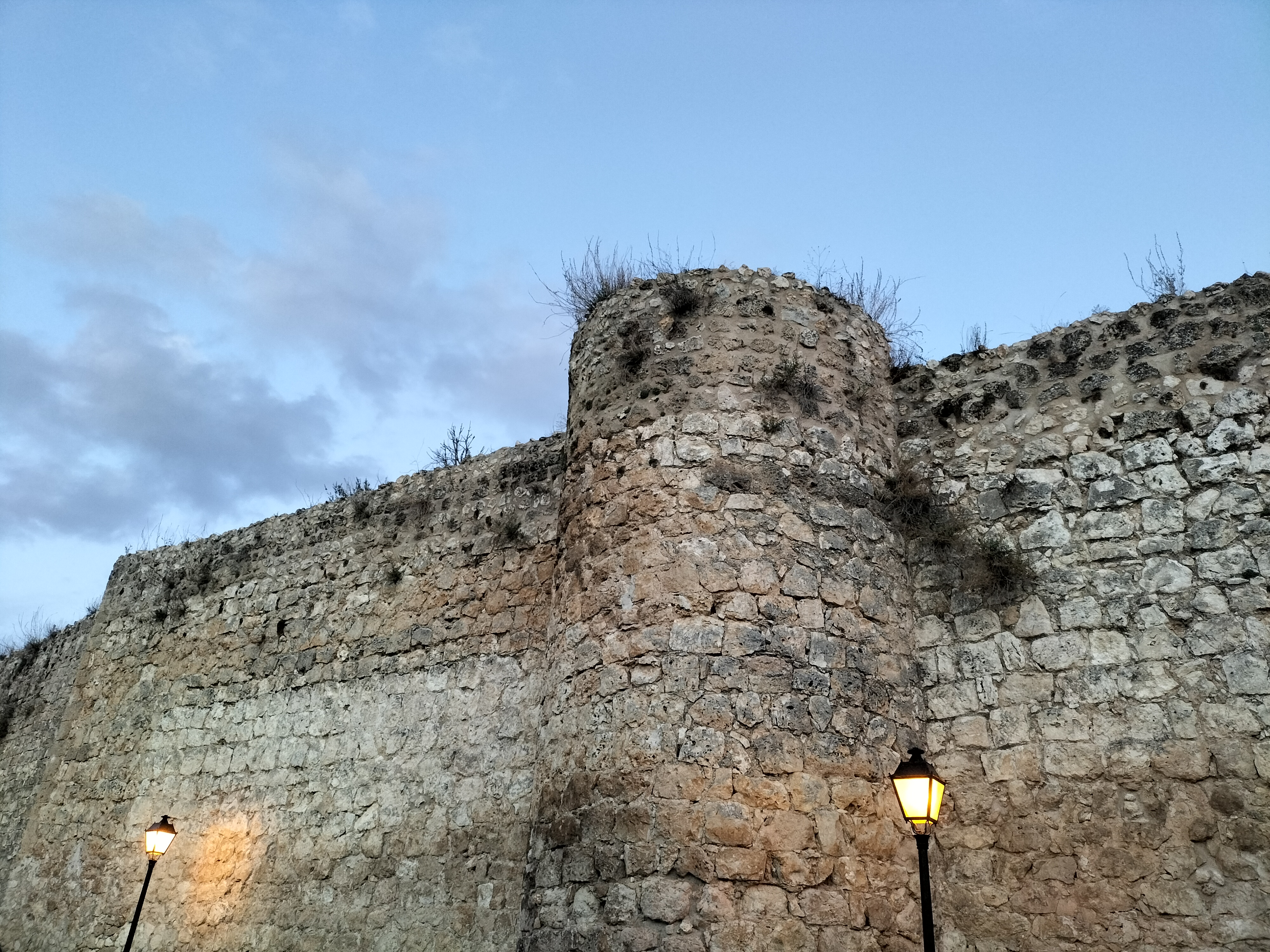
Nowadays the city is famous for the lavender farms that surround it, and there’s also quite a bit of tourism since they’ve spiffied-up their old buildings and turned them into cool places to visit. The Castillo de la Piedra Bermeja (the Castle of Vermillion Stone) is one such building. It had been in ruins for several hundred years, but they hired an architect who re-designed the walls and ramparts, based on the stone ruins, and now it’s an excellent place to visit.
From our base in Brihuega, we chose different eBird birding spots, and then stopped along the way whenever we saw an interesting place to explore. One of the highlights was the small village of Pelegrina, also on the Don Quijote Route.

Although small, the village had a lot of flower gardens and these increased the aesthetic beauty of the area.
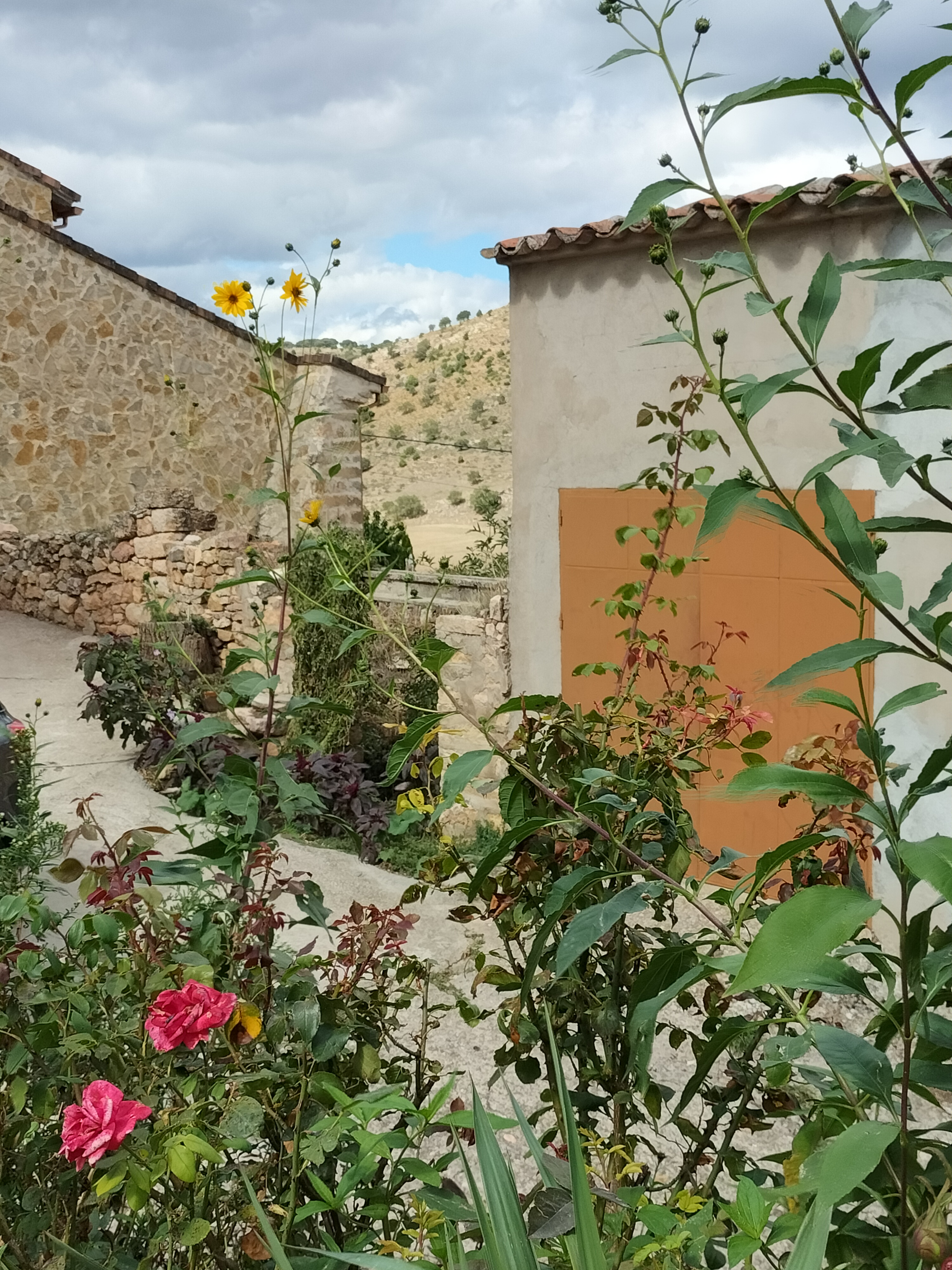
But our eyes were on the castle-ruins at the top of the hill and we couldn’t resist exploring. We climbed the hill, found a great restaurant with an outdoor terrace for lunch, then headed up the rest of the way to reach the castle.
If you like old castles, then you won’t be bored in Spain. There are so many, often atop the highest hill around, and very often in ruins. But they are still worth visiting, if only to imagine their former splendor and guess at the cause of their demise.
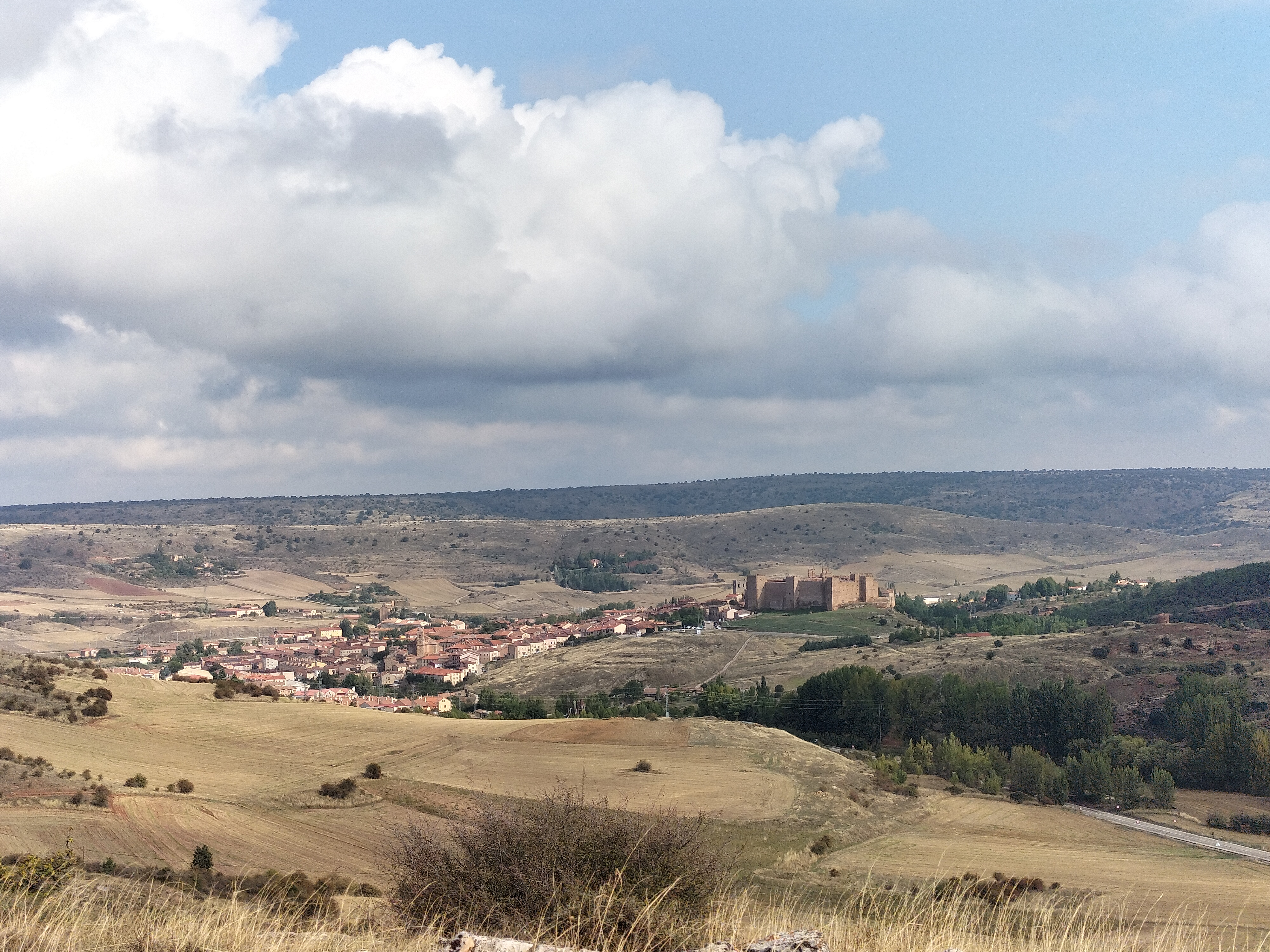
Do you like old castles? Or do you prefer the bigger cities? Do you have any questions for me?
And as always, please check out (and tell someone about) my novels here.


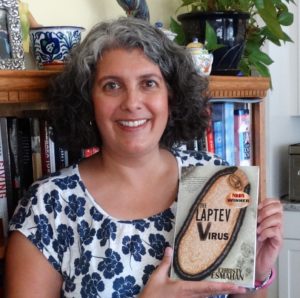
4 comments
Skip to comment form
So lovely!
Author
Thank you! 🙂
I love castles too. Neat place.
Author
Nice! 🙂